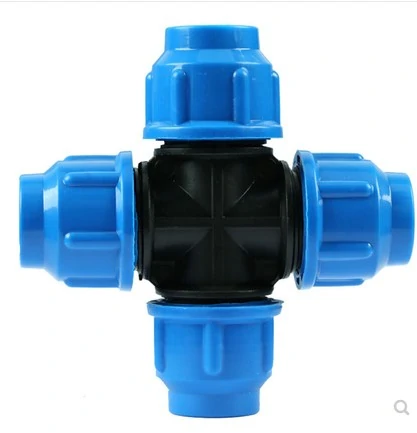Sep . 22, 2024 02:21 Back to list
hdpe pipe diameters manufacturer
Understanding HDPE Pipe Diameters and Their Applications
High-Density Polyethylene (HDPE) pipes have become increasingly popular in various industrial and municipal applications due to their robustness, flexibility, and resistance to corrosion and chemicals. One of the key factors in selecting HDPE pipes for your project is understanding the range of available diameters and how they impact the performance and efficiency of the plumbing system.
What is HDPE?
High-Density Polyethylene is a type of thermoplastic made from petroleum. It is known for its high strength-to-density ratio, making it an ideal choice for pipes that need to withstand high pressures and harsh environments. HDPE pipes are commonly used for water supply, gas distribution, sewage, and storm drainage systems.
Importance of Pipe Diameter
The diameter of an HDPE pipe is crucial in determining its flow capacity, pressure rating, and overall suitability for specific applications. The dimensions of the pipe influence fluid dynamics, including flow velocity and resistance. A well-chosen diameter ensures optimal flow rates while minimizing the risk of pressure loss or backup.
Standard Diameters
HDPE pipes come in a variety of standard diameters, typically ranging from ¼ inch to 63 inches
. Each diameter serves different purposes- Small-Diameter Pipes (≤ 4 inches) Frequently used for residential applications, such as irrigation systems, drainage, and water service lines. They are lightweight and easy to handle, making them suitable for smaller-scale projects.
- Medium-Diameter Pipes (4 to 12 inches) These are often employed in commercial and municipal water distribution systems. They balance flow capacity and weight, allowing for moderate to high-pressure applications.
hdpe pipe diameters manufacturer

- Large-Diameter Pipes (≥ 12 inches) Commonly found in large-scale infrastructure projects, such as wastewater treatment plants, stormwater management, and industrial applications. These pipes can handle significant flow rates and are engineered to withstand considerable pressure.
Selection Considerations
When selecting HDPE pipe diameters, it’s essential to consider several factors
1. Flow Requirements Assess the volume of fluid to be transported. Larger diameters are necessary for high flow rates.
2. Pressure Ratings Ensure that the chosen diameter matches the required pressure ratings for the application. Larger pipes can often handle higher pressures.
3. Installation Environment Consider the physical environment, including soil type, temperature, and potential exposure to chemicals or abrasive materials, as these can affect the performance of the pipe.
4. Regulatory Compliance Different regions may have specific regulations regarding pipe sizes for different applications. It’s vital to ensure that the diameter aligns with local guidelines.
Conclusion
Choosing the right HDPE pipe diameter is critical for the success of your project. By understanding the range of available diameters and considering your application’s specific requirements, you can ensure efficient and durable plumbing solutions. As the demand for reliable and sustainable materials continues to grow, the versatility of HDPE pipes positions them as a smart choice for future infrastructure developments. Whether for small-scale residential needs or large municipal projects, HDPE pipes provide a reliable and efficient solution.
-
High-Quality PVC Borehole Pipes Durable & Versatile Pipe Solutions
NewsJul.08,2025
-
High-Quality PVC Perforated Pipes for Efficient Drainage Leading Manufacturers & Factories
NewsJul.08,2025
-
High-Quality PVC Borehole Pipes Durable Pipe Solutions by Leading Manufacturer
NewsJul.08,2025
-
High-Quality PVC Borehole Pipes Reliable PVC Pipe Manufacturer Solutions
NewsJul.07,2025
-
High-Quality UPVC Drain Pipes Durable HDPE & Drain Pipe Solutions
NewsJul.07,2025
-
High-Quality Conduit Pipes & HDPE Conduit Fittings Manufacturer Reliable Factory Supply
NewsJul.06,2025

